After facing years of challenging grain markets, general farmer optimism is starting to rebound. As improving sentiment translates into making much-needed machinery purchases – including sprayers – it’s important for potential buyers to stay well-informed about local market conditions and how factors like available inventory and demand influence prices.
At the same time, it’s important to continue planning for the long term and not make cost containment the sole driver of sprayer purchases, especially considering the return on investment a new sprayer can offer most farm operations.
Here are a few tips from Clark McGrath, Iowa State University Extension field specialist, and Greg “Machinery Pete” Peterson that can help buyers best navigate the sprayer market in the coming months.
Develop the right attitude
By watching local machinery market conditions, sprayer supplies and grain market prices, farmers can equip themselves with the right buying attitude ahead of what could be a “major rush” for both new and used sprayers. Peterson said that’s likely to happen once the grain markets start to correct, revenues rebound and buying habits return to what was “normal” before the downturn.
“You want to be aggressive when nobody feels aggressive. That’s when you get the best deals. If you wait until everyone has money, then the prices are up on everything and you’re just another customer in line,” Peterson said. “If you’re looking to buy a sprayer now, what I would do is look for that dealer that has several of them on the lot, call him and see what you can do. Let him know you’re looking.”
Watch budgets closely
While being more aggressive as a buyer can pay dividends in today’s market, it’s more important than ever to ensure you’re sticking to your operation’s long-term budget, McGrath said. On most operations today, that means accounting for both the cost of purchasing and maintaining a sprayer as well as paying for continued custom applications, which producers who operate their own sprayers still rely upon for some of their application work.
“Make sure you can make it work with today’s crop prices and doing most of my spraying versus hiring it done,” McGrath said. “Don’t forget to take into account the costs of chemical.”
Develop realistic expectations
Owning a self-propelled sprayer enables you to take care of the bulk of your spraying operations. But, it may not take care of all applications. Don’t enter a sprayer purchase with the expectation that you can handle everything, and take labor and time into account when examining the cost of ownership and management before buying.
“I see more growers buying sprayers to take care of their post-emergence applications, but not their pre-emergence or burndown applications because they may not have the time or labor to do it, since those are busier times of the year,” McGrath said. “With today’s large, high-tech sprayers, you can spray a lot of acres in a short time period, but you still need to make sure you’re accounting for that time and the necessary labor to pull it off.”
Account for yield improvements
If you’re operating your own self-propelled sprayer for the first time, you’ll likely have more flexibility to take care of your own applications, and that can lead to crop yield improvements. It’s a good idea to set expectations for just how much yield you stand to gain through well-timed applications. Improved yields will mean improved crop revenue, and that can help offset some of the cost of the sprayer.
“When we look at budgets for operations that I work with, we account for yields that get a little better, then think about ways we can improve marketing,” McGrath said. “It’s important not to budget on the high side for yield improvements, but they do play a role in justifying the cost of adding a new sprayer.”
Buy for today and tomorrow
When starting the purchase decision-making process for a self-propelled sprayer, it’s important to think not just about immediate needs, but also look ahead through the expected life of the machine or length of time you’ll own it. Technology will likely advance during that time, and adopting that new technology will carry with it additional costs. Ultimately, it’s important to make sure you’re accounting for both those types of costs and how well the machine will meet your needs in the field.
“You need to buy what’s best for your acreage. If you have fields that will require steering guidance or self-leveling booms, you need to think about that when you’re buying,” McGrath said. “Looking a few years ahead is the biggest thing to think about when updating your sprayer or buying one for the first time.”

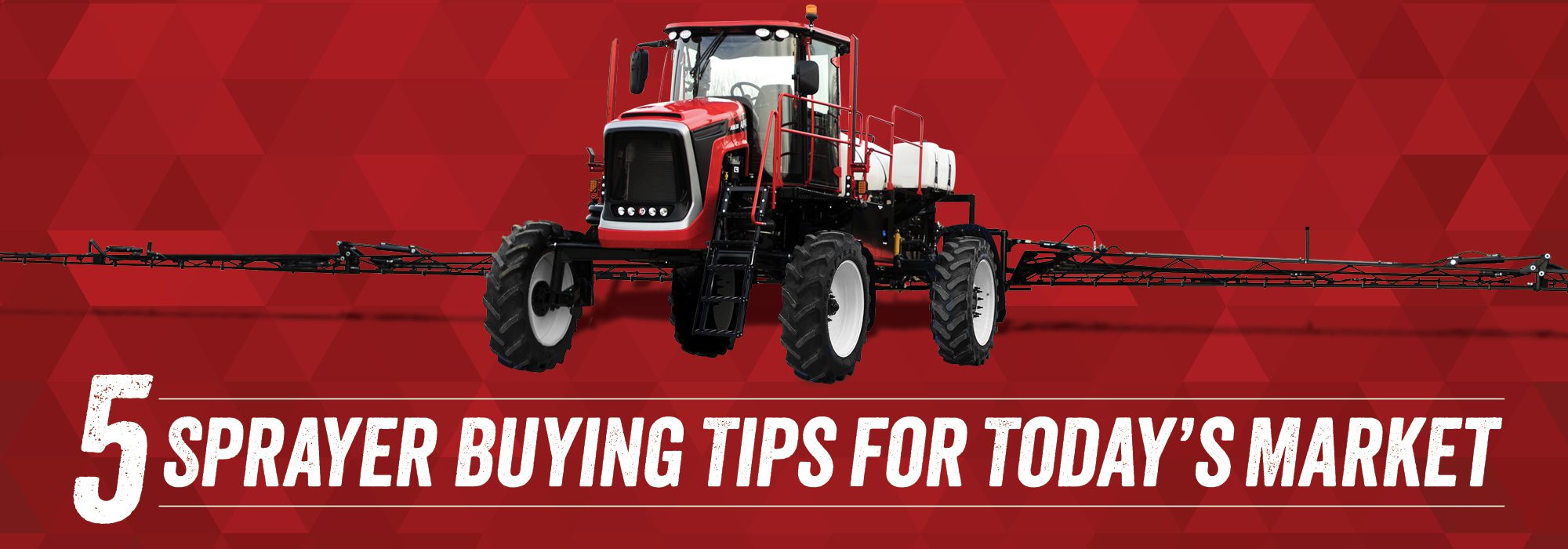
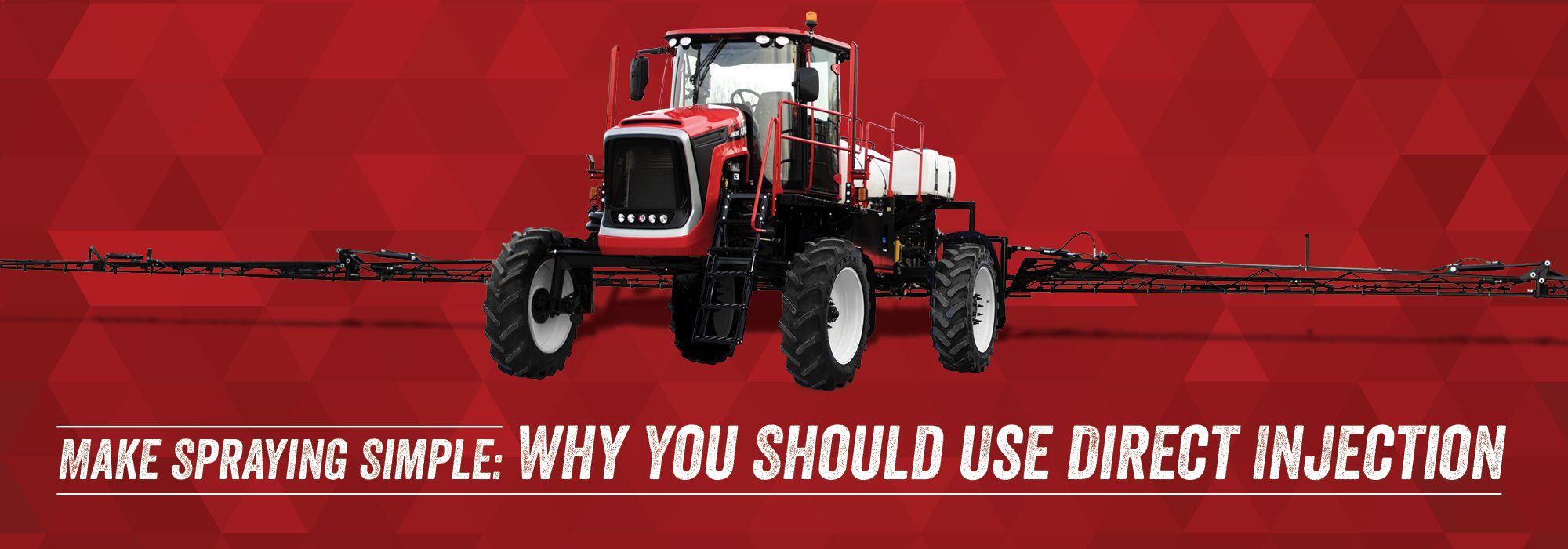
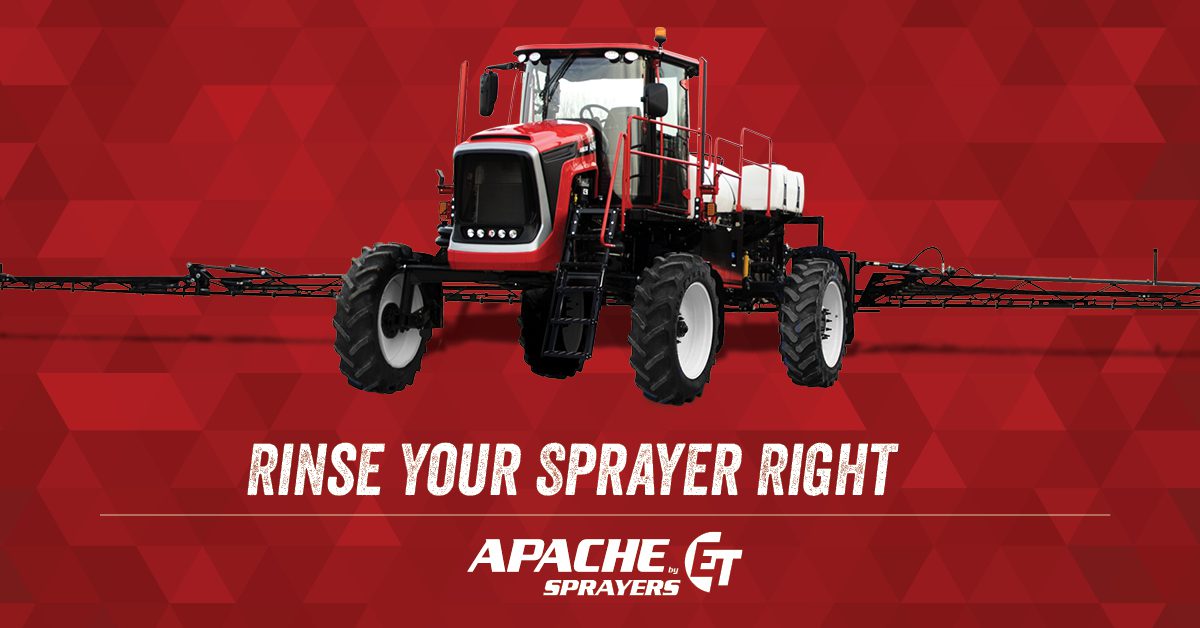
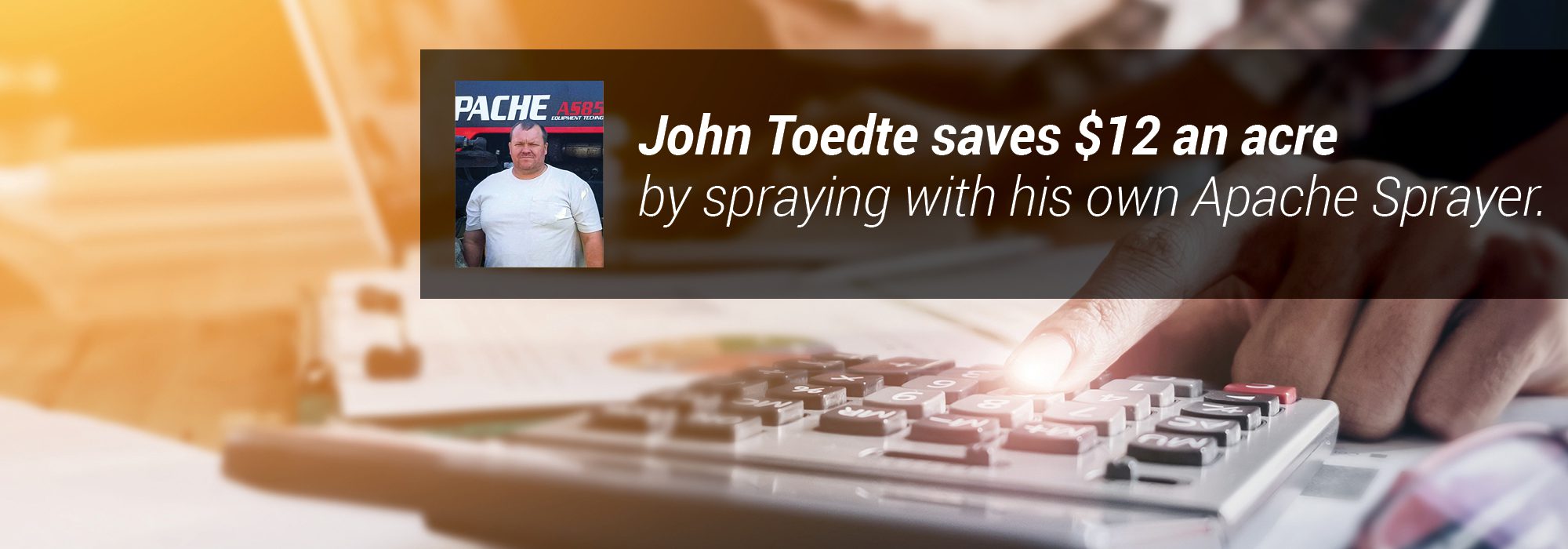



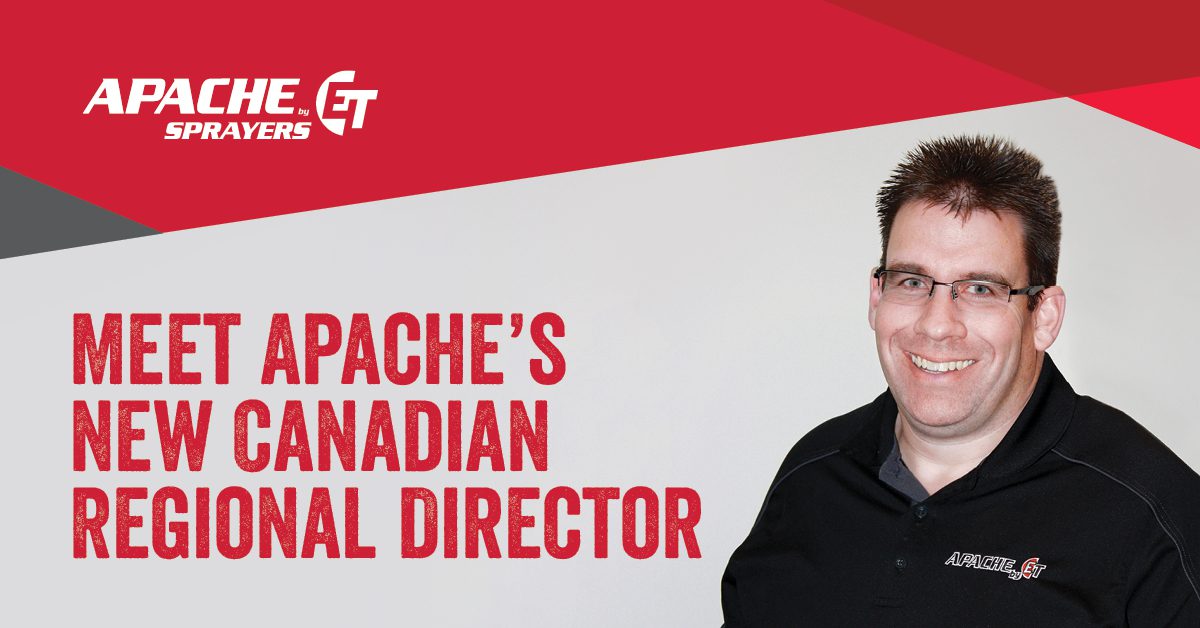
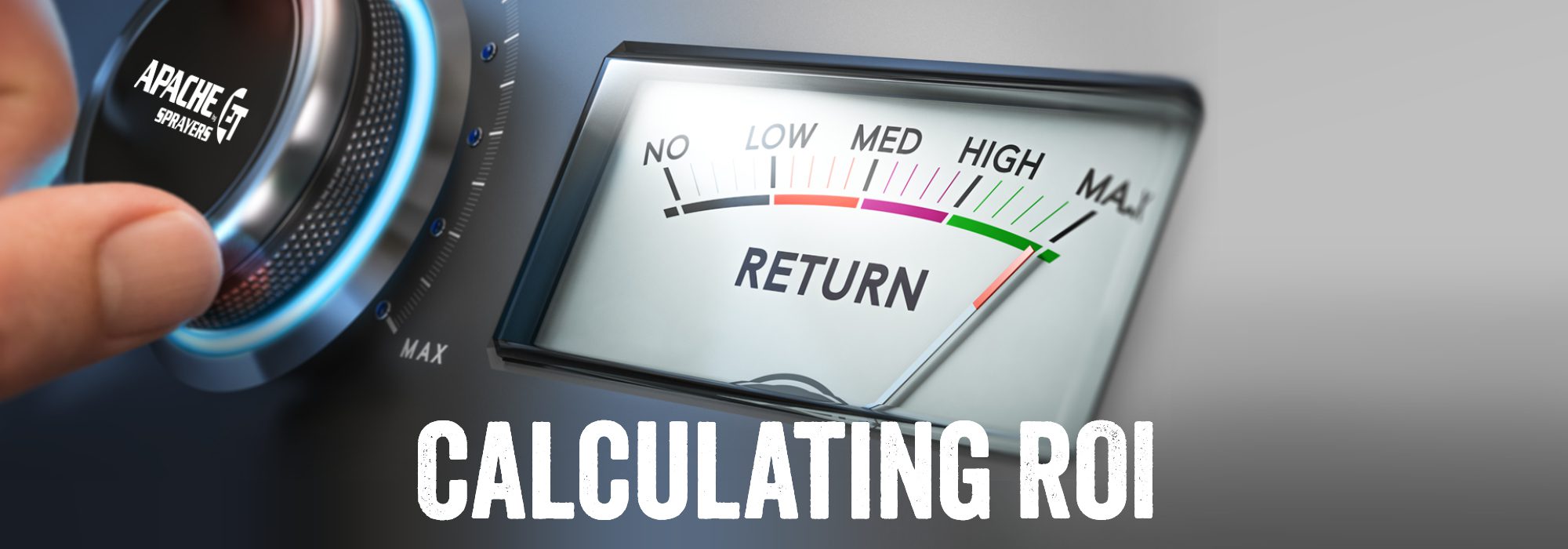
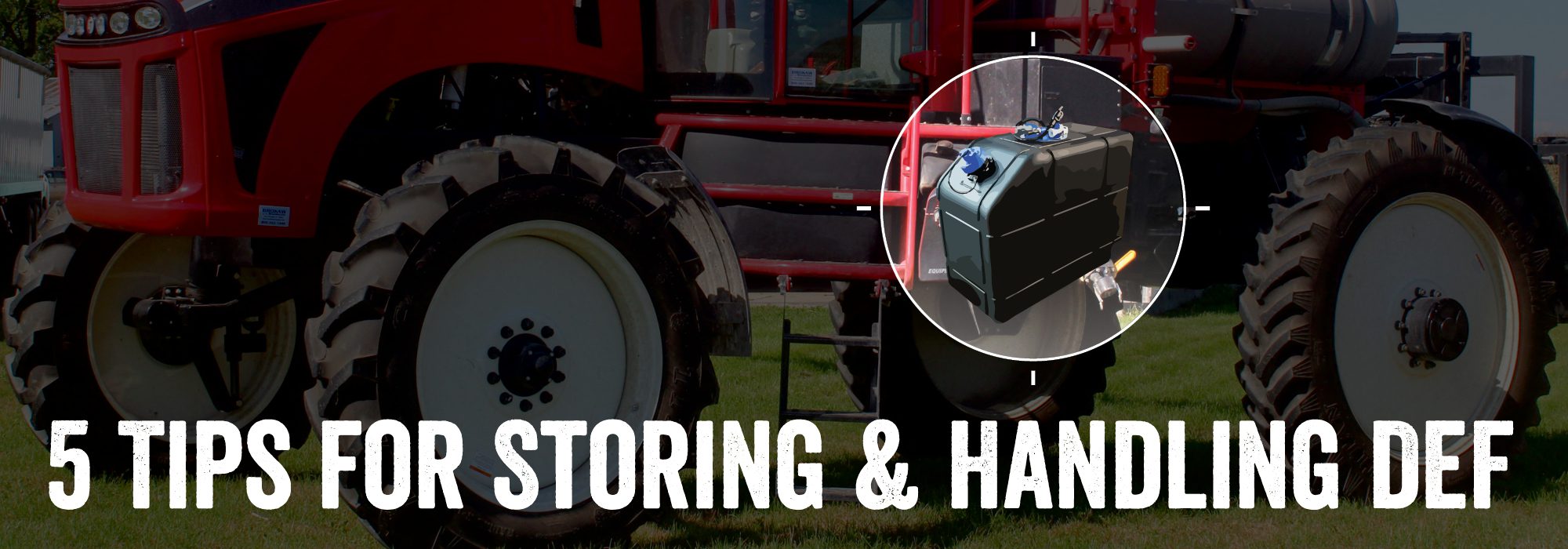
Stay Connected
APACHE eNEWSLETTER
Sign Up